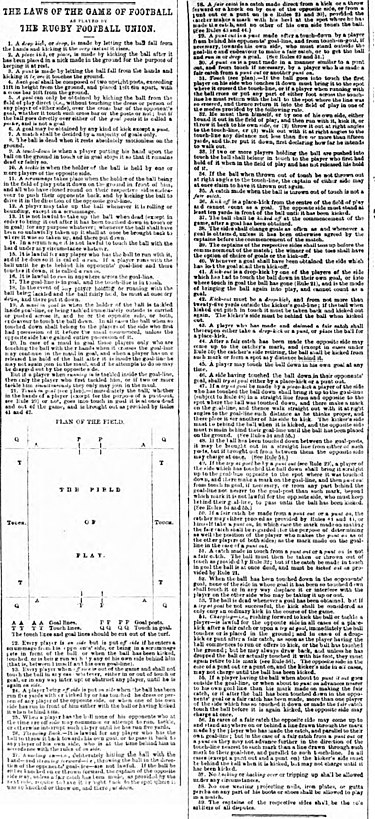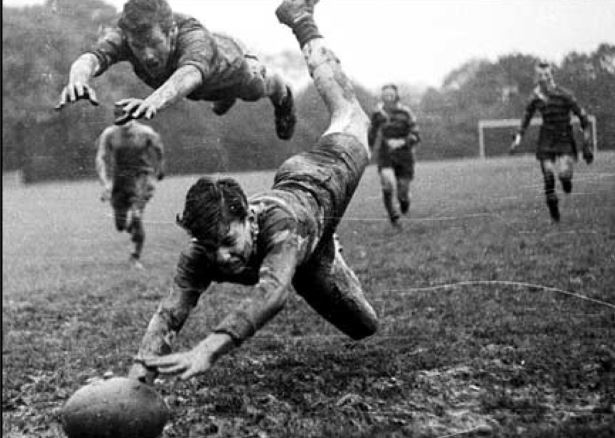The foundation of the Rugby Football Union (RFU) in 1871 was a key step in the organization and regulation of the game, establishing the first official rules that would differentiate rugby from football. However, the sport’s growth also brought internal disputes, leading to the great division of 1895, when northern clubs in England, disagreeing with the RFU’s amateur stance, formed the Northern Rugby Football Union (NRFU), giving rise to what is now known as rugby league. These events shaped the course of rugby and defined the two existing forms of the sport today.
Foundation of the Rugby Football Union (RFU) in 1871
As rugby grew in popularity among clubs and universities across Britain, the need for a unified set of rules became evident. In response to this, on January 26, 1871, at the Freemasons’ Tavern in London, representatives from 21 clubs and schools gathered to establish an organization to regulate rugby in England. Among the founding clubs were Blackheath, Richmond, Harlequins, and Guy’s Hospital, among others.
Key figures in this meeting included Alfred G. Guillemard, who was appointed secretary, Edwin Ash of Richmond, who became the first president of the Rugby Football Union (RFU), and Rowland Hill, who later played an important role in organizing rugby in England. Other notable contributors included Benjamin Burns and L.J. Maton, who helped draft the first official rugby rules.
The RFU established a set of regulations that distinguished rugby from football and formalized it as an organized sport. These rules, which included the ability to run with the ball in hand and the use of scrums to restart play, laid the foundations for the global practice of rugby.

The Division of Rugby: The 1895 Schism
By the late 19th century, rugby had become a widely played sport in England, enjoyed by both the aristocracy in the south and industrial workers in the north. However, conflicts began to arise due to the socioeconomic differences between these two groups.
Northern clubs, particularly in Yorkshire and Lancashire, argued that players should receive financial compensation for the time they lost at work while participating in matches and training. This concept was known as “broken time payments.” On the other hand, the RFU, dominated by southern clubs, insisted on maintaining rugby as a strictly amateur sport, prohibiting any form of payment.
Tensions reached a breaking point on August 29, 1895, when 22 northern clubs gathered at the George Hotel in Huddersfield and decided to break away from the RFU to form their own organization: the Northern Rugby Football Union (NRFU). Among the key figures in this split were James Miller, Harry Garnett, J. Clifford, and G.W. Lockwood, who advocated for the professionalization of rugby in the north. Arthur Budd, representing the RFU’s conservative stance, and J.H. Smith, who supported player compensation, also played crucial roles in the debate.
Following the split, the NRFU began to modify the rules to make the game more dynamic. Some of the main differences from rugby union included reducing the number of players from 15 to 13 and eliminating mauls and rucks. These changes made the new code more spectator-friendly and facilitated the professionalization of the sport.
